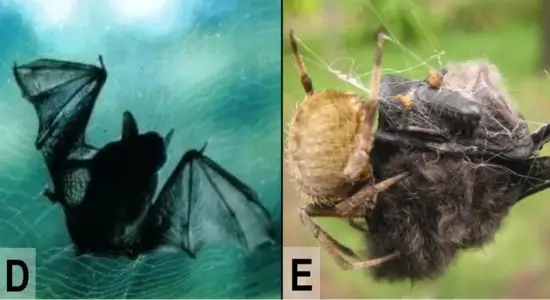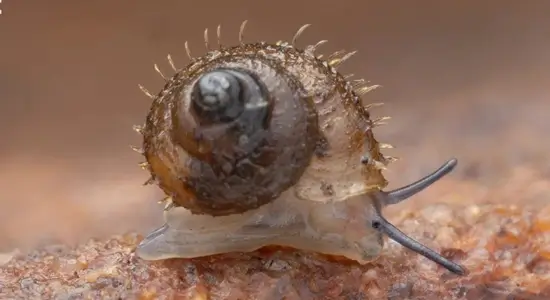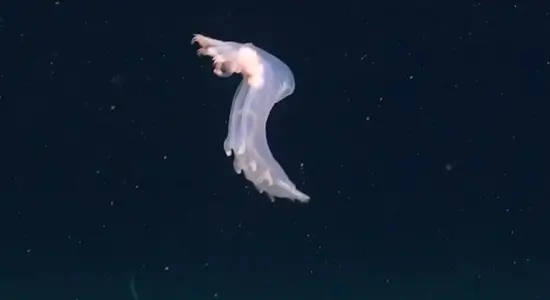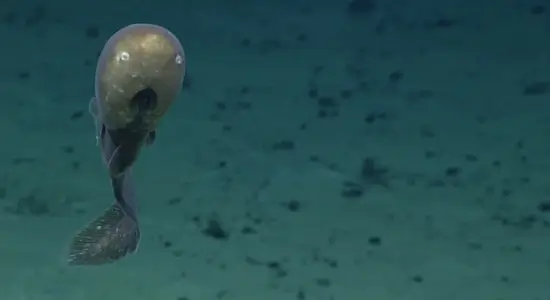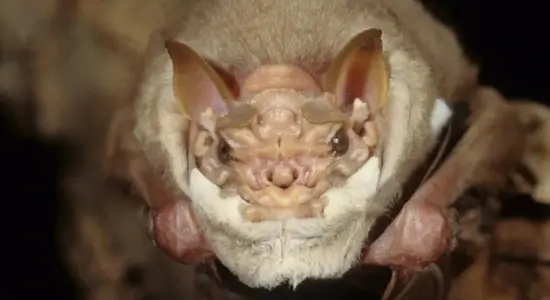While Sand Dollars are not a rare monster, they are. But very few people really know about this sea creature. Some believe it to be a species of phytoplankton. Some even thought that it wasn’t even a living thing. And this is just one of many misunderstandings about this mysterious creature.
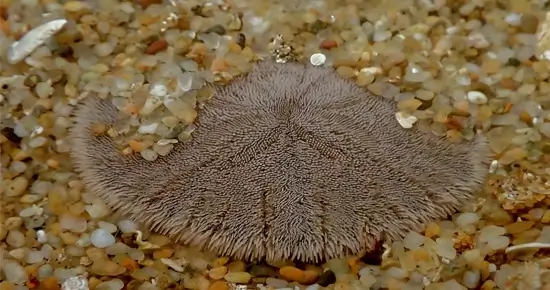
Sand Dollars are marine animals belonging to the phylum. Echinodermata Which is characterized by a thorny skin. They are also in the order Clypeasteroida is also considered a member of the sea urchins, starfish and sea cucumbers. Sand Dollars are round in shape. One side has a hard-to-touch texture and is grayish-purple. On the other side was a soft Cilia. The cilia resemble small, moving hairs. It serves to carry food into the mouth and aid in repositioning. Celia is short but allows the Sand Dollars to quickly sink into the sand to hide.
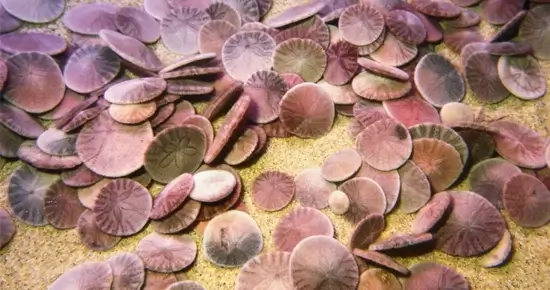
In our house, we will call Sand Dollars “Sea Coins” or “Sea Dollars”. They can be found near the beach where the sea level is not very deep. And on the beach where the waves wash up can be found as well. But this species can only stay on land for a short time. After being washed up by the water, it is often unable to return to the sea and eventually dies. So if we see any Sand Dollars alive, we should take them back to the sea. Except the one found is white and looks like a flower-shaped shell. leave it like that because it is dead
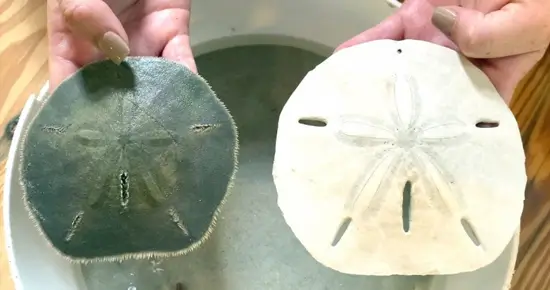
For some, the Sand Dollars look a bit intimidating. But this animal is not dangerous. When holding it in your hand, you can feel Cilia’s movements. along with a small amount of yellow substance stained on his hand This substance is a pigment found in sea urchins. There is no danger to humans. So there’s nothing to worry about.
Watch the world’s first video of killer whales Hunting Great White Sharks
Snaky McCrocface, the weird looking crocodile snake over 100 million years old
Sand Dollars are sea creatures that live together in groups. Once we find one, it is easy to find others in the vicinity. In addition, they also breed by laying eggs in the area where they live. It is externally fertilized like a starfish.
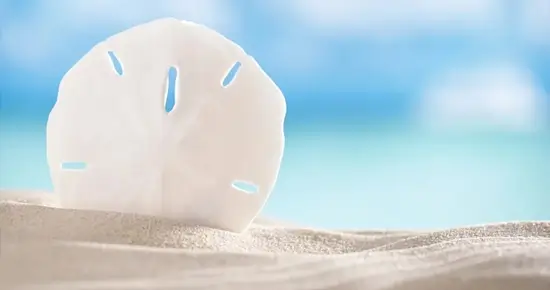
However, whether we find Sea Coins or Sand Dollars in a still life form. or the one that has already dried and died It shouldn’t be kept in a bag to go home. Because their calcium carbonate structure is beneficial to the ecosystem. Moreover, in some areas it is illegal to do so.
Ref : iflscience
Ref image : earthlingnature , thoughtco , baynature , captivasanibel

